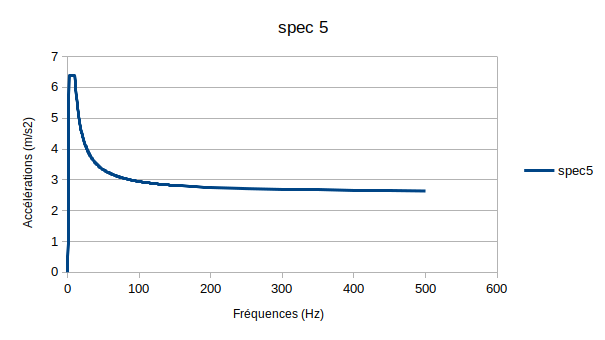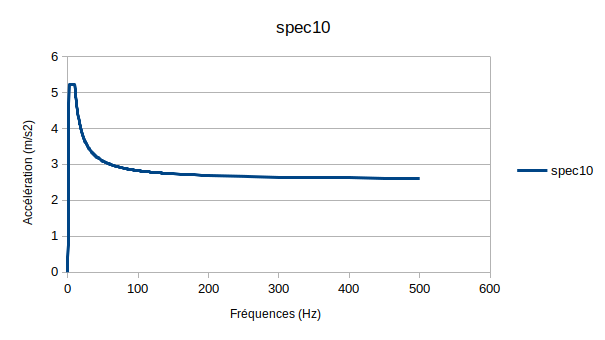1. Reference problem#
The POST_COMBINAISON command calculates linear combinations of various calculation results associated with user-defined coefficients.
\({C}_{i}\text{}\text{}\text{}=\text{}\text{}\text{}({\mathrm{\alpha }}_{i\mathrm{,1}}\times {Q}_{1})\text{}\text{}\text{}+\text{}\text{}\text{}({\mathrm{\alpha }}_{i\mathrm{,2}}\times {Q}_{2})\)
Where:
is the combination number
Q1 is the result/table from a first finite element calculation
Q2 is the result/table from a first finite element calculation
αi,1 is the coefficient associated with Q1
αi,2is the coefficient associated with Q2
This is the result from the combination made.
1.1. Geometry#
The structure is a straight parallelepiped with a rectangular base. The dimensions of the block are: \(L=\mathrm{12,0}m\), \(H=\mathrm{3,0}m\), and \(B=\mathrm{0,3}m\) [Figure 1.1-1].

Figure 1.1-1 : Geometry of the structure
1.2. Material properties#
Young’s module: \(E=30000\mathit{MPa}\).
Poisson’s ratio: \(\nu =\mathrm{0,3}\).
Density: \(\rho =2500\mathit{kg}/m\mathrm{³}\)
1.3. Boundary conditions and loads#
The left side is embedded.
Loading 1:
The right face is subject to three load cases:
Force distributed along axis \(x\): FX = 100 kN
Force distributed along axis \(y\): FY = 6000 kN
Force distributed along axis \(z\): FZ = 600 kN
Loading 2:
The structure is subject to its own weight.
Loading 3 :
The structure is subject to seismic stresses.
The combination CQC (Full Quadratic Combination) via COMB_SISM_MODAL is calculated for the spectra described below.
The spec5 spectrum has a damping of 0.05.
The spec10 spectrum has a damping of 0.1.
The spec15 spectrum has a damping of 0.15.

Figure 1.3-1: Spec5 spectrum

Figure 1.3-2: Spec10 spectrum

Figure 1.3-3: Spec15 spectrum